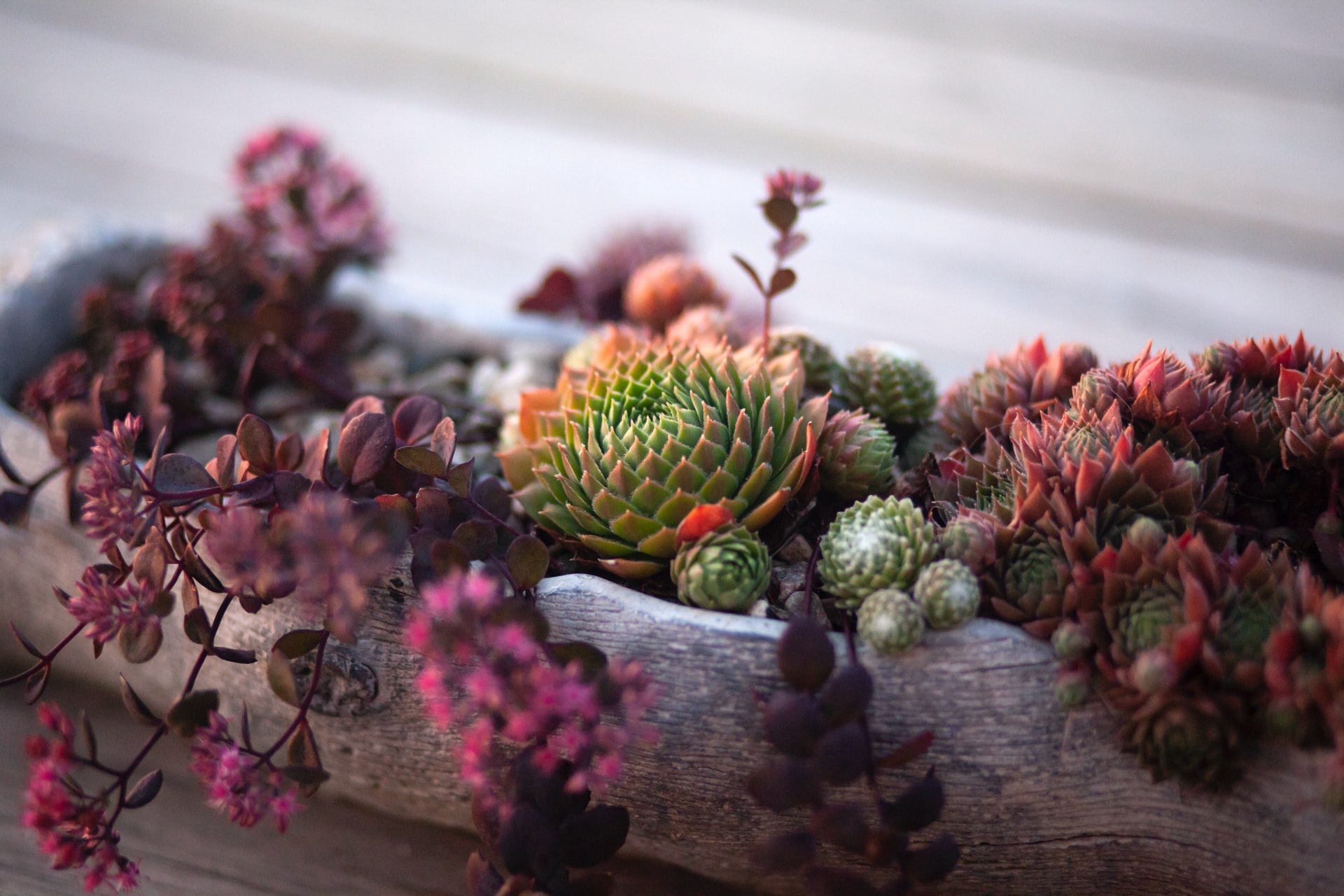
7 Caring Tips & Tricks For Succulents In Winter
Who doesn’t like a nice looking succulent? They’re cute, exotic, and they make every room look like a million bucks. Since they’re so cute and lovely, we assume that you’d want to keep them all year-round, right? It is a well-known fact that succulents can easily survive summer and scorching temperatures, but what about winter? Can these low-maintenance plants handle the cold as well as they handle the heat?
Well, it depends. There is no doubt that succulents can survive the winter without any major issues, with some of them even being capable of surviving it out there in the cold, but you’ll still want to make sure your plants get the best possible care they can. While it is true that they would probably manage to get by on their own, we’d still like your little buddies to look as lively and vibrant as they did during the summer.
On that note, we’ve prepared a handful of winter-time, succulent caring tips and tricks for you to try out. Let’s check them out!
1. Get Them Inside
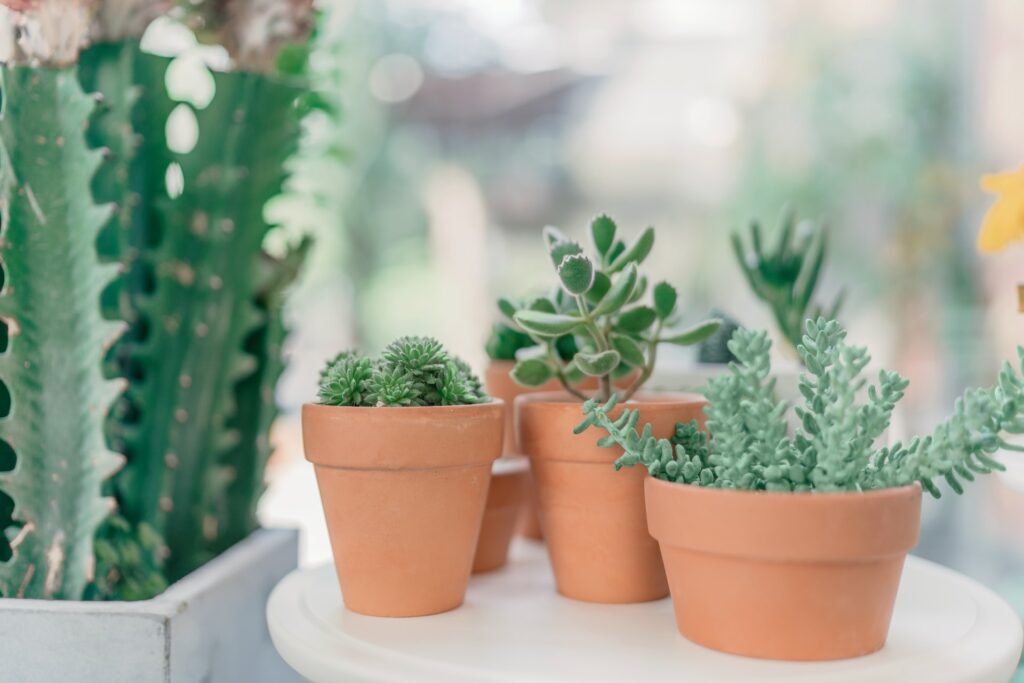
The first order of business, if you keep your succulents outside, is to move them in. Not every kind of succulent can handle harsh winter and sub-zero temperatures, so if you are not certain whether yours is one of those, the best thing you can do is play it safe and move them indoors.
That should allow them to get through the winter a lot easier, as they won’t have to deal with extremely low temperatures, rainfall or snow, which could all have negative effects on your succulent.
2. Set Yourself Up For Success
Now, this is not a caring tip, per se, but one of the best ways to make sure your succulents make it through the winter unscathed is by buying the right ones in the first place. If you live in a place with harsh winters, or just a place with all four seasons – try and get the plants that are best suited for such living conditions. Get what is called a hardy succulent, as those are the ones most likely to withstand all kinds of weather conditions, including winters.
Aloe vera, snake plant, burro’s tail, and most hens and chicks are far more superior in terms of handling temperature fluctuation than some of their hot-weather cousins like lithops or aeoniums. Those ones can handle Arizona’s winters, but if you live in NYC – you’ll probably going to need something a lot tougher.
3. Don’t Overfeed Them
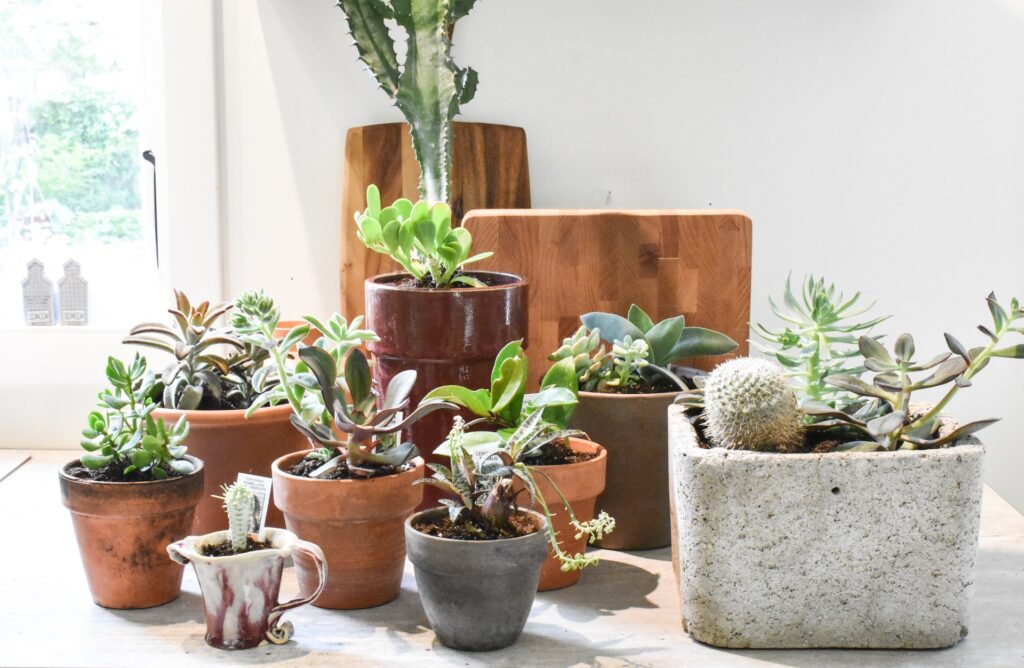
According to www.succulentmarket.com, a large number of succulents “hibernate” during the winter. During this dormant period, they don’t require much food or water. Think of it as winter sleep, as that’s probably the closest explanation of what happens to these plants during winter.
When a plant lies dormant during the winter, it doesn’t require as much food as it does during the rest of the year. As a matter of fact, you should only fertilize these during summer, when they’re actively growing and developing, and that should be more than enough to get them through the winter.
“A little bit of fertilizer never killed nobody” doesn’t really apply here. In fact, if you do fertilize your plants during the chilly months, you’re risking their leaves getting soft, brittle and possibly even falling off.
4. Find Them A Sunny Spot
As you know, these little guys simply adore being in the sunlight. They simply thrive in it. And while it is true that even they could get too much sunlight and get sunburned during summer, that couldn’t possibly happen during the winter.
Your best option would be to keep your succulents next to the window, in direct sunlight throughout the whole winter. With only so much daylight, you’re going to want to help them get as much as possible, and the best way to do it is by keeping them near a window or any other direct source of sunlight.
5. Don’t Water Them
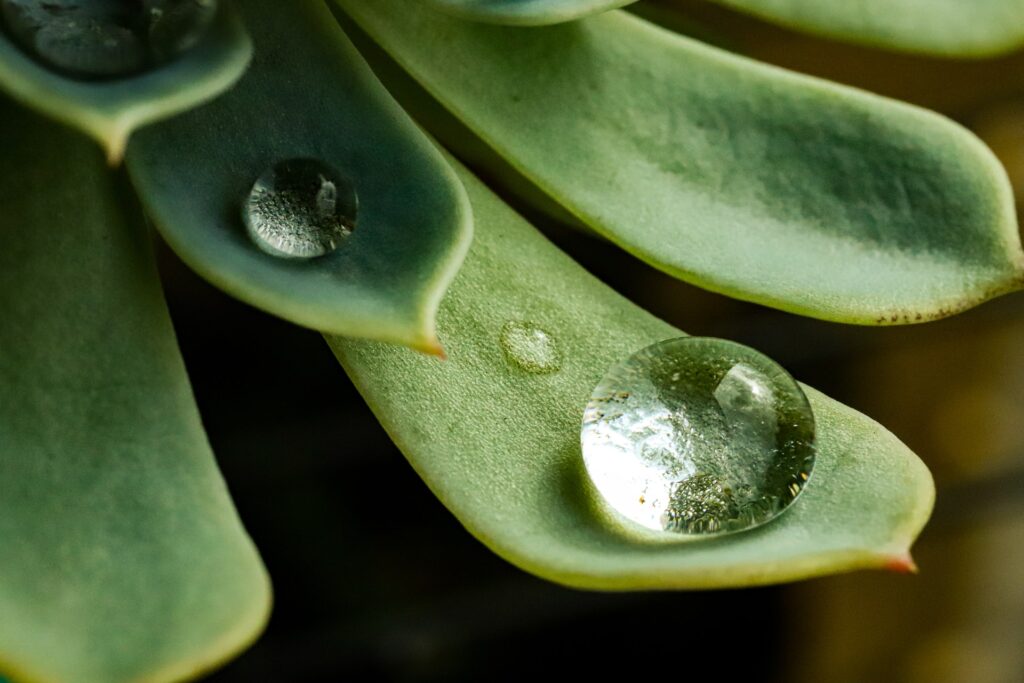
There seems to be a theme when it comes to caring for succulents during the winter, and that theme is – leave them alone. Don’t feed them, don’t water them – just let them be. Once again, that is because the plant is dormant during the colder months, and in such state, it really does not require anything but some sunlight and a decent room temperature.
Succulents are generally drought-resistant, and they can easily go months without watering, so you can just pour them a glass of water somewhere mid-September and leave them be until spring comes along.
6. Keep Them In A Good Pot
If you’ve replanted your succulent in a pot so that you can keep it inside during the winter, make sure you choose a good pot. Everything’s great while they’re outside and in the sun. The ground they’re drains wonderfully, and your plants are happy. So, it is up to you to recreate those same conditions once you move them inside.
First of all, you’ll want to get a terracotta pot. Don’t go for the ceramics or glass jars just because they look good. Those aren’t good in any way. They don’t offer any drainage, and they often suffocate the roots, resulting in your plant prematurely dying. So, get a terracotta pot with drainage holes and make sure you choose the right soil. Once you do all that – you’ll have nothing to worry about.
7. Keep Them Clean
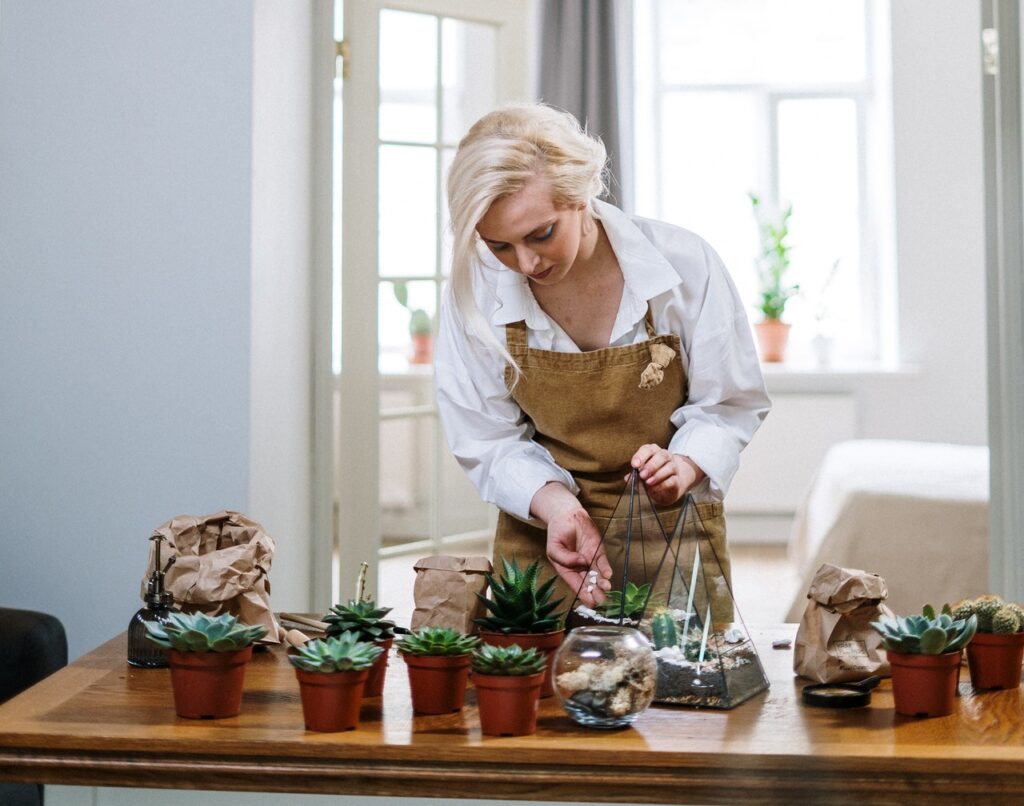
Like any other house plant, your succulents are bound to get dirty after a while. Dust and all other kinds of house debris and dirt will eventually build up on the leaves, which could stump their growth. Granted, your potted friends won’t grow during the chilly season, but still – it’d be nice if you’d kept them clean. You can do this by wiping their meaty leaves with a damp cloth, soft toothbrush, or a soft paintbrush for those tricky-to-reach spots.
Conclusion
As you can see, these plants are as low-maintenance as they come, especially during the winter. All they require is a little bit of attention every now and then, and they’ll be golden. So, keep them dry, unfed, and in a good, sunny spot, and they should be more than alright!
